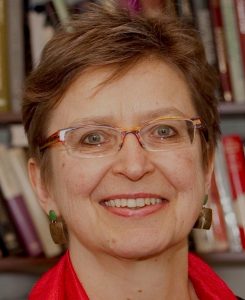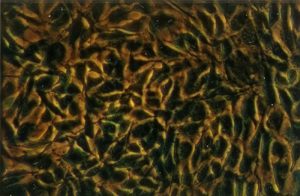Irene E. Kochevar Papers Open to Research
The Center for the History of Medicine is pleased to announce that the Irene E. Kochevar papers, 1971-2015 (inclusive) are now open to research. Kochevar is Professor of Dermatology at Harvard Medical School. The papers are the product of her career as Biochemist at the Wellman Center for Photomedicine at Massachusetts General Hospital, Boston, Massachusetts, as well as her consulting work, her patents, and her involvement in professional organizations. Kochevar’s work focuses on the effects of ultraviolet radiation on skin, and on photochemical tissue bonding.
Irene Emily (Hejl) Kochevar was born in Detroit, Michigan, in 1943. She graduated from Michigan State University, East Lansing, Michigan, with a B.S. in biochemistry in 1965, an M.S. in biochemistry in 1967, and a Ph.D. in chemistry in 1970. Following a postdoctoral fellowship at New York University, New York, New York, and a postdoctoral fellowship and Assistant Professorship at Columbia University, New York, New York, she was appointed Associate Professor in the Department of Dermatology at Harvard Medical School, Boston, Massachusetts, in 1981, with a simultaneous appointment at the Massachusetts General Hospital. She earned the rank of Professor in 1999. Kochevar has received National Institutes of Health and Department of Defense grant awards for her research. She holds several patents for photochemical tissue bonding, a process that involves using ultraviolet light to activate a dye that stimulates cross-linking of proteins. This technique has been used to close skin incisions and to heal corneal injuries.
The bulk of the collection consists of grant applications from Kochevar’s many research projects at the Wellman Center. The collection also includes correspondence from her consulting work; research notes; patent applications; and photographs from her involvement with professional organizations and committees.
For more information about accessing this collection, please contact the Public Services staff.




